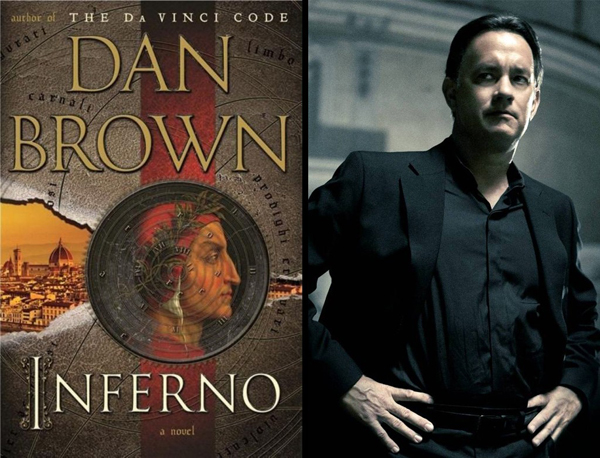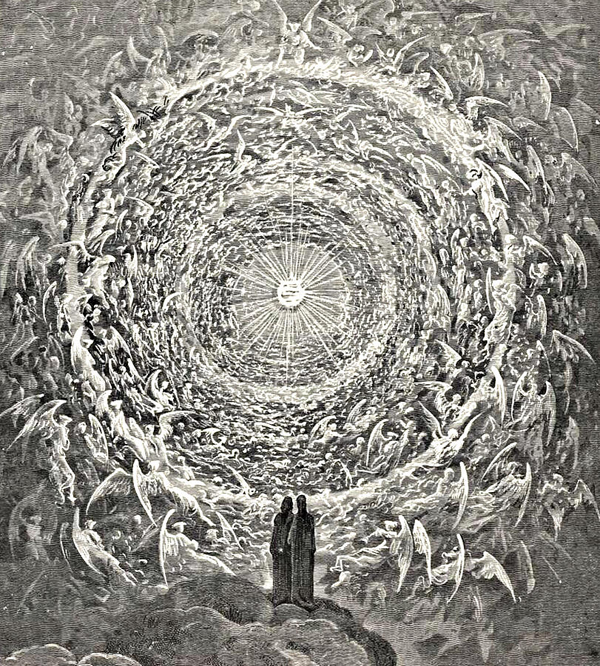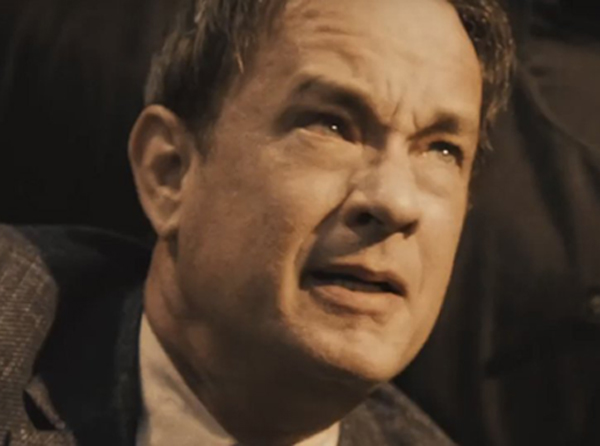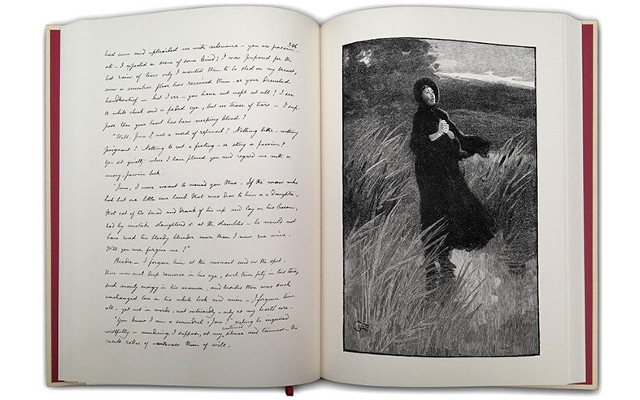Full disclosure: I will admit that some movie adaptations are actually better than the original story. However, there are times where a director simply took the wrong turn, and after a long saga of confused decisions and a weak script, the film ends up being disappointing as a standalone piece, let alone as a possible adaptation.
Such was the case with Inferno, based on Dan Brown’s novel of the same name, and here are five reasons behind my conclusion. I will avoid revealing spoilers, so this will be a safe read for anyone who has yet to finish the book or to watch the movie– although one does not have too much to lose from doing the latter.
1. Poor Characterization, Part 1: Robert Langdon
The main protagonist of the story is the beloved Harvard professor Robert Langdon. The man is brilliant, charismatic, with an eidetic memory and a passionate knack for religious iconography. He is also portrayed by Tom Hanks in the previous film adaptations, and Hanks does an excellent job– that is, until Inferno.
The movie oversimplified Robert Langdon’s memorable qualities and reduced him to a rather flat secondary character. As a result, the audience did not get the chance to see Robert Langdon, the genius professor with a love for history; the audience sat for two hours to witness a disoriented Tom Hanks who hit his head one too many times on screen.

Source: Florence Inferno
2. Poor Characterization, Part 2: Sienna Brooks
A former child prodigy with astounding acting abilities and problem-solving capacities, Dr. Sienna Brooks is a great strong female counterpart. While her physical description in the movie drastically differs from that in the book – where she is technically a brown-eyed blonde – her appearance was unimportant compared to the long list of offenses that made me cringe during the film.
Felicity Jones’ portrayal of Sienna Brooks was, for lack of a better word, bland. Everything that made Sienna a likable, self-reliant, remarkably intelligent character was exchanged for a gal with a fidgety disposition and an otherwise blank expression.

Source: Pinterest
3. Dialogue
“How did they know?”
“They knew.” [Noncommittal shrug]
This is an almost word-by-word piece of dialogue taken from the movie. It almost seems like there were several writers who tried to glue together a script without actually communicating with one another to check for inconsistencies.
Exhibit A: Doctor Sienna Brooks is supposed to be aware that Langdon cannot remember anything because of short-term amnesia from a bullet wound. In the motion picture, she explains to Langdon that he has short-term amnesia, yet moments later proceeds to pester him with frantic questions from days that– a few hours earlier– she previously clarified he would not be able to remember.
4. A Lack Of Visual And Historical Appreciation
Dan Brown is known for his extensive descriptions behind the historical and visual aspect of a particular building, object, or person. He enables the reader to learn something while they get wrapped up into the story provided. In Inferno, Brown fills pages and pages’ worth of rich historical background; the past behind the setting his characters will explore.
Instead of allowing the audience to visually appreciate all the buildings and sights that enhanced the reading experience from the novel, the movie maniacally rushed through without so much as an extreme long shot of structures like the Palazzo Vecchio in Florence or St. Mark’s Basilica in Venice.

Source: Firenze Mia
5. The Ending
Because I am trying to not reveal any spoilers, I will maintain this section vague, except for mentioning that the movie‘s ending belongs to a different story altogether.
Throughout the novel, there is an ongoing debate regarding the pros and cons found in radical views of how to solve the overpopulation crisis before it leads to the ultimate extinction of the human race. As a reader, one even begins to consider the Bertrand Zobrist’s – otherwise known as the antagonist – theories as reasonable instead of downright demented.
Dan Brown kept a balance in such a way that one could be convinced of both sides of the spectrum and the morally-gray areas that came along. What did the movie do, then? That’s right, it discarded any ounce of credibility in Zobrist’s theory and decided to split a clear, predictable line between ‘good and evil,’

Source: Pinterest
I saw this movie when I was barely 121 pages into the actual book. Yes, I did have the background of the other adaptations of Robert Langdon‘s adventures, and expected something similar, but I still walked in without being too attached to the original story.
By the end of those two hours, I exited the movie theatre confused. That confusion quickly edged toward annoyance once I did finish reading Inferno. Why? Simple. This movie oversimplified an intricate story with clearly established, ‘literally-already-written-down-for-you’ round characters and presented it to an eager audience as something that was vaguely reminiscent of a diluted Mission Impossible flick.
Was it terrible enough to belong in any of Dante’s Circles of Hell? No. But it definitely will not lead the viewers to the starry gates of paradise any time soon.
https://www.youtube.com/watch?v=09dXSku_x0g
YouTube Channel: Marieke Mills
Featured image via Deviant Art




